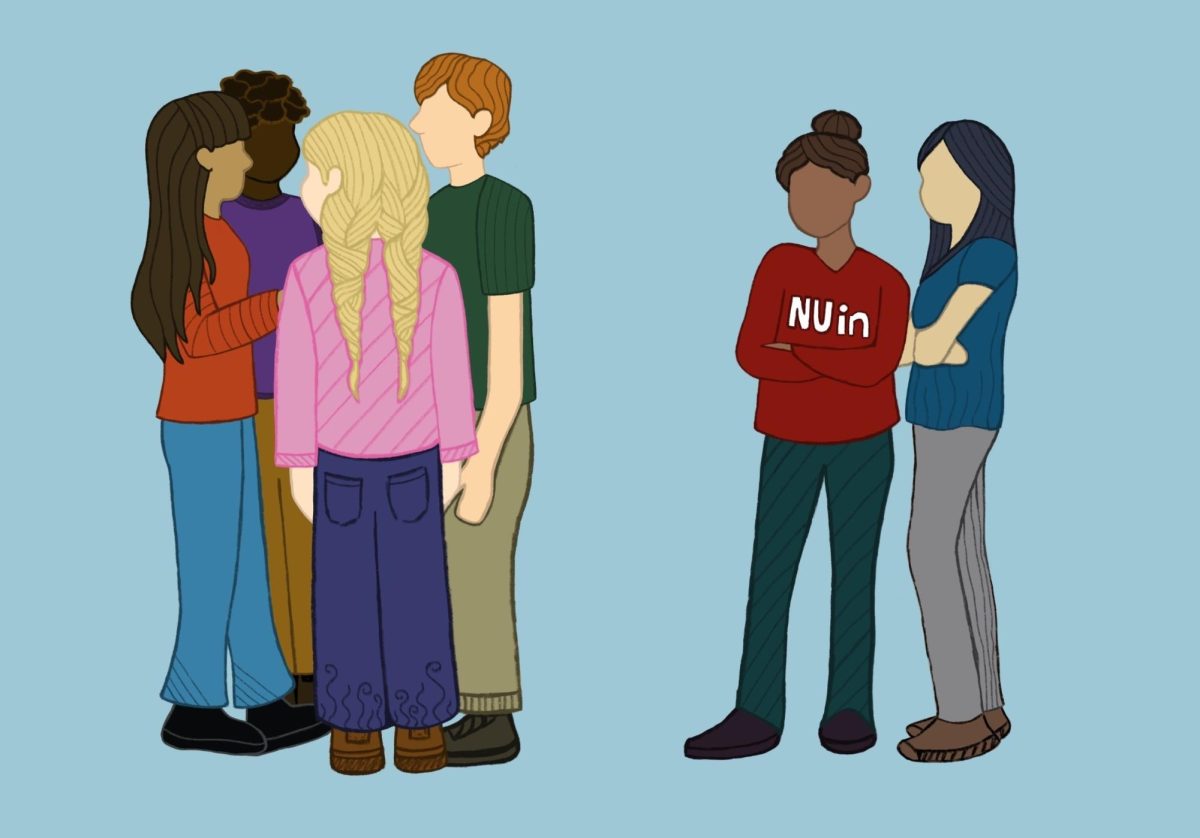On a cold December night, Dmitriy Dunin sits within the light green walls of his small bedroom in his Beacon Street apartment, accompanied by his cat, Little Bit. While Little Bit
perches on the windowsill, looking beyond the curtains to the world outside, Dunin looks into a completely different world – the “World of Warcraft” (WoW), brought to life by the flat screen of his computer.
The CTX monitor, connected to a computer Dunin built three years ago, stands on a desk next to a picture of his girlfriend of four years and a textbook for his Japanese language class. The junior computer science major sits with his legs crossed, sporting a pair of Plantronics headphones around his neck, while his WoW character, a rogue named Benth, participates in one of three weekly raids with his guild.
The voices of Dunin’s guild members, coming from places as far away as Spain, sound from the speakers as the members unite to fight “trash mobs” in the land of Zuli-Aman, a troll city, in Azeroth. The guild, called “Abstract,” has already killed two bosses, Walorakk and Akil’zon, and has seven minutes to reach the last boss, Halazzi, before it fails the raid
Paying $15 a month to play on the game’s first expansion set, “World of Warcraft: The Burning Crusade,” Dunin is one of more than 9.5 million people who subscribe to play WoW. Yet, as the number of players grows so, too, does concern for the game’s effects on them.
In June 2005, EuroGamer.net reported that a child had died due to neglect by her parents, who were playing WoW at a local internet caf’eacute; in Korea. Also, in August of that year, GameSpot.com said the People’s Republic of China proposed new rules to limit the playtime of the country’s estimated 20 million computer game players in order to curb social and financial costs they perceived to be brought on by the popularity of games like WoW.
Maressa Hecht Orzack, Ph.D., director of the Computer Addictions Study Center at McLean Hospital and assistant clinical medical professor at Harvard University, has worked for more than 15 years treating addictive behaviors. She said side effects of game addiction include loss of sleep, not eating, violent behavior and seizures.
Orzack said the age range of addicted gamers starts in middle school and continues to college students.
“Sometimes these games get people that are older, [but] that’s a minority,” Orzack said. “The perfect profile [of an addicted online gamer] is a young male who is very bright and very much involved in the game










